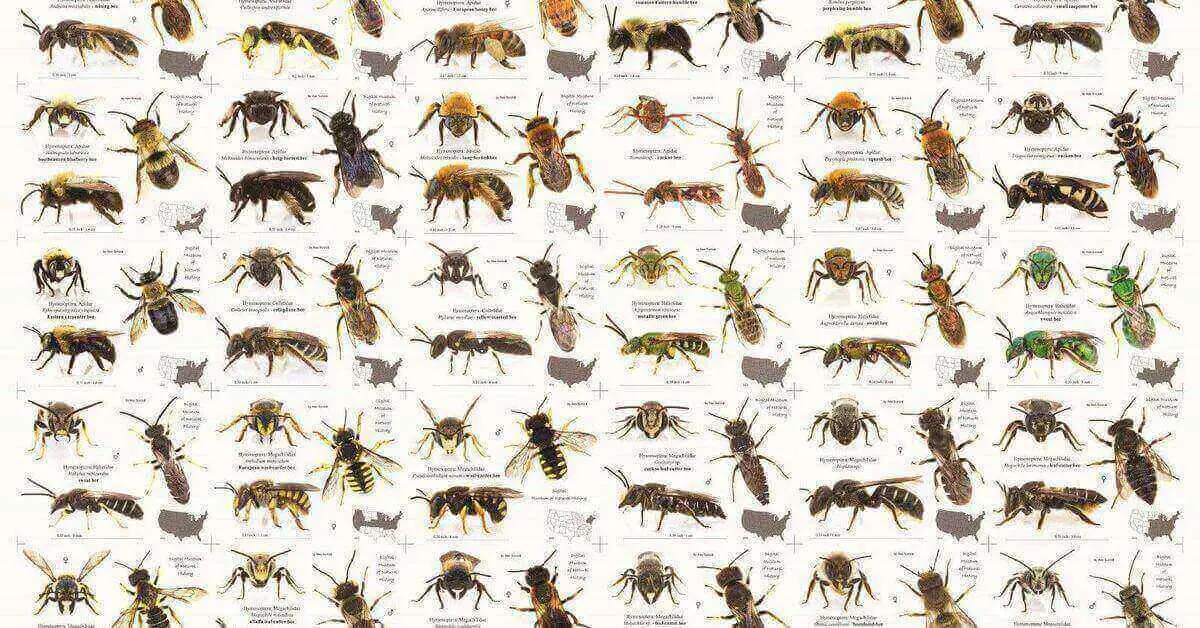As pet owners, we know how much our beloved canine companions mean to us. They are our loyal friends, playmates, and protectors. However, just like humans, dogs can encounter unexpected challenges, such as bee stings. These painful encounters can be distressing for both you and your furry friend. In this blog, we will provide you with a comprehensive guide on how Dog Bee Sting treatment, ensuring quick relief and a smooth recovery. Read on to discover essential tips that will help your canine companion get back on their paws in no time!
Dog Bee Sting treatment
Identify the Sting
The first step in helping your dog is to identify the bee sting. Keep an eye out for signs like pawing at the affected area, swelling, redness, or even finding the bee’s stinger lodged in your dog’s skin. If you spot any of these symptoms, act quickly to alleviate your pet’s discomfort.
Remove the Stinger (if present)
If you notice a bee stinger stuck in your dog’s skin, remove it carefully. Use tweezers or scrape it off gently with the edge of a credit card. Be cautious not to squeeze the stinger, as it may release more venom into your dog’s bloodstream.
Cleanse the Area
Cleanse the bee sting site with mild soap and water. This step helps prevent infection and removes any residual venom, reducing the risk of further complications.
Apply a Cold Compress
To alleviate swelling and soothe the affected area, apply a cold compress to the bee sting site. Wrap some ice cubes in a cloth or use a frozen bag of peas. Apply the compress for 10-15 minutes at a time, giving your dog breaks in between to avoid frostbite.
Benadryl for dog bee sting
Dosage
The recommended dosage of Benadryl for dogs is typically 1 mg per pound of body weight. However, dosages can vary, so it’s important to get specific advice from your vet.
Formulation
Benadryl is available in various formulations, including tablets, liquid, and capsules. Your vet can advise you on the most suitable form for your dog.
Avoid Combination Products
When purchasing Benadryl, ensure you’re getting a product that contains only diphenhydramine as the active ingredient. Some combination products might have ingredients that are unsafe for dogs.
Watch for Side Effects
While generally safe, Benadryl can cause drowsiness in dogs. Monitor your pet for any adverse reactions, and contact your vet if you notice unusual behavior or symptoms.
Administering the Medication
You can administer Benadryl to your dog by concealing it in a treat, using a pet-specific formulation, or following your vet’s recommendations.
Observation
After giving Benadryl to your dog, keep a close eye on them. If the symptoms worsen or your dog’s condition doesn’t improve, seek immediate veterinary attention.
Related Posts:
Use a Natural Remedy
Consider using a natural remedy to ease your dog’s discomfort. A mixture of baking soda and water can create a paste that helps neutralize the venom and reduce itching. Apply the paste to the bee sting area and let it sit for a few minutes before rinsing it off.
Administer an Antihistamine
Always consult your veterinarian before giving your dog any medication, but in some cases, an antihistamine may be recommended to counteract allergic reactions. Ensure that the antihistamine does not contain ingredients harmful to dogs, such as xylitol.
Keep Your Dog Calm and Comfortable
During the recovery process, keep your dog calm and comfortable. Discourage them from scratching or licking the bee sting area, as this can worsen the irritation and delay healing. Use an Elizabethan collar if necessary to prevent licking.
Monitor for Allergic Reactions
Be vigilant for signs of allergic reactions, which can be life-threatening. Symptoms may include difficulty breathing, excessive swelling, hives, or collapse. If you observe any of these signs, seek immediate veterinary care.
Follow Up with Your Veterinarian
If the bee sting persists, worsens, or you have concerns about your dog’s well-being, schedule a visit to your veterinarian. They can provide tailored advice and ensure there are no underlying issues.
Conclusion
Experiencing a bee sting can be a painful and unsettling experience for your beloved dog. By following these simple yet effective steps, you can provide quick relief and care for your furry friend. Remember to stay attentive to your dog’s needs, administer appropriate treatments, and seek professional advice when necessary. With your love and support, your canine companion will be back to wagging their tail and enjoying life in no time!




